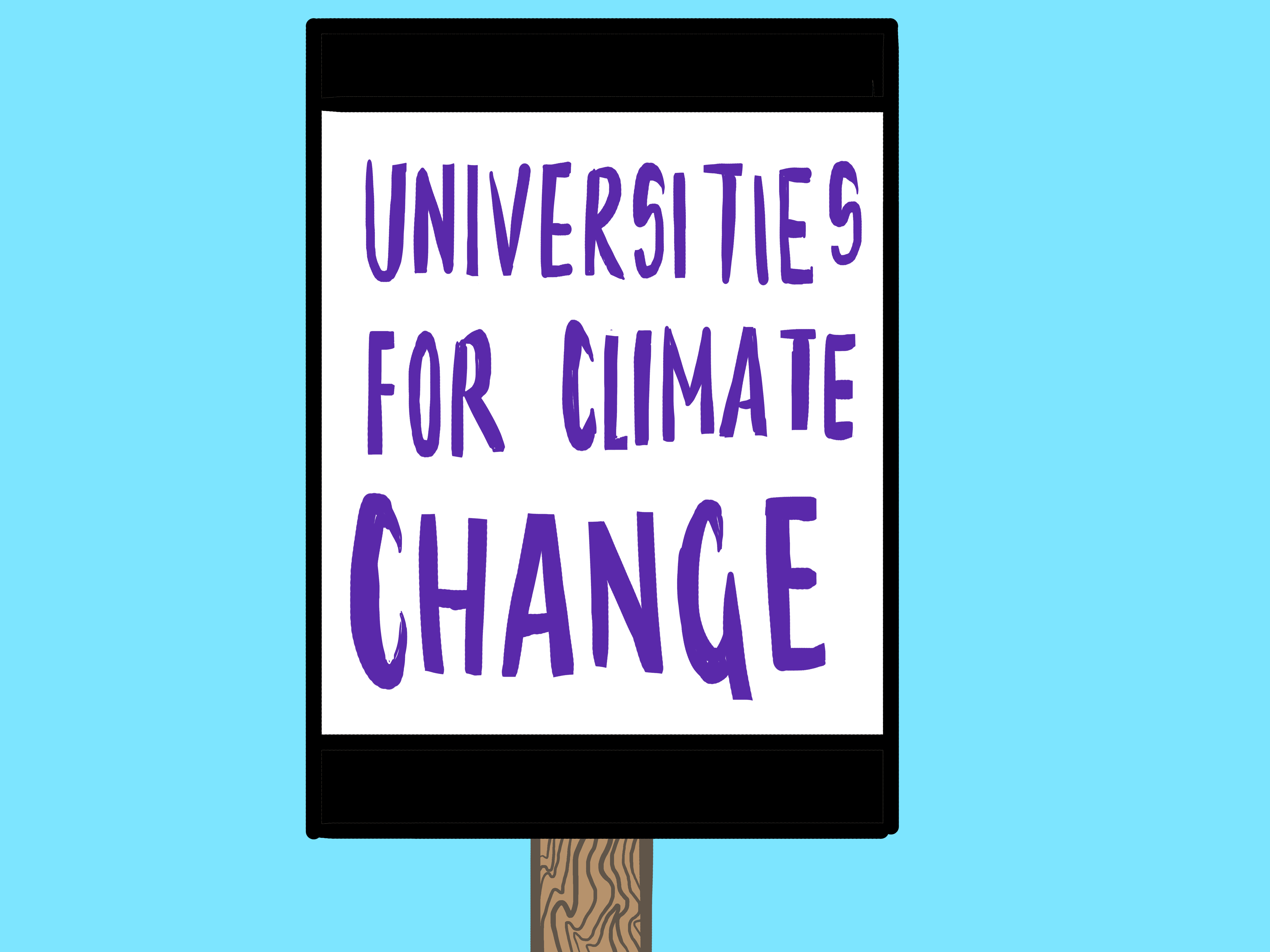U of T has joined 12 other North American universities in the University Climate Change Coalition, also known as UC3.
The coalition, announced on February 6, consists of research universities in Canada, Mexico, and the United States that have committed to reducing their carbon footprints and pushing for the adoption of research-driven climate policies and solutions in their respective communities.
The goal is to foster greater interest in climate change mitigation and to work with partners, both in private and public sectors, to make the region more sustainable. In a recent development, U of T committed to switching UTSG’s current steam-based heating system to a more efficient system that uses hot water.
U of T has recently received $26.7 million in provincial funding to invest in a tri-campus reduction of current and future greenhouse gas emissions. Such commitments can be critical to creating long-term change. With over 80,000 students, U of T is one of the largest polluters in Toronto.
Initiatives like the coalition are considered bottom-up approaches in which local communities take the lead. This was once considered an unconventional route for dealing with a global environmental crisis when international treaties were generally thought to be more effective. The Montreal Protocol is an example of a bottom-up approach that effectively addressed ozone depletion.
However, Kim Strong, a professor in the Department of Physics and director of the School of the Environment, said that the differing nature of the two phenomenon led to the need for separate solutions.
“The science was clear, the potential harmful impact on the ozone layer was obvious, industry was able to develop substitutes, and adopting them did not require major changes to people’s behaviour,” said Strong.
Climate change, however, goes beyond the efforts of industrial responsibilities and therefore demands not only government participation through the formation and negotiations of treaties, but greater participation from communities.
“Climate change is obviously much more complex, as meaningful reductions in greenhouse gas emissions require significant changes to attitudes, behaviour, and the economy,” explained Strong. “The system has much inertia, given all the infrastructure involved in the production, transport, and use of fossil fuels.”
Combined efforts of individual projects pave the way toward the future of a low-carbon economy. While larger decisions are being made higher up the ladder, individuals can also create impactful change.


